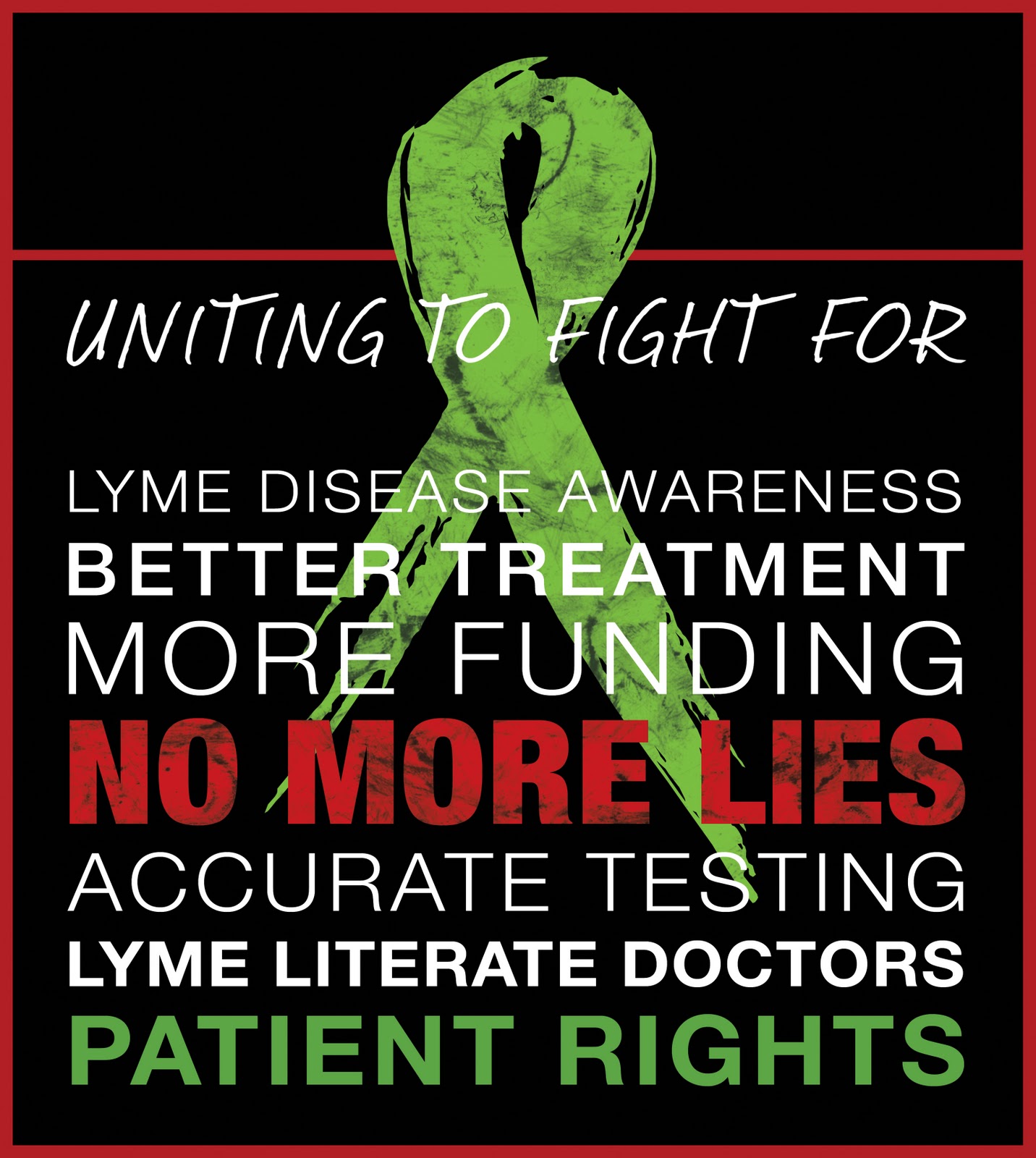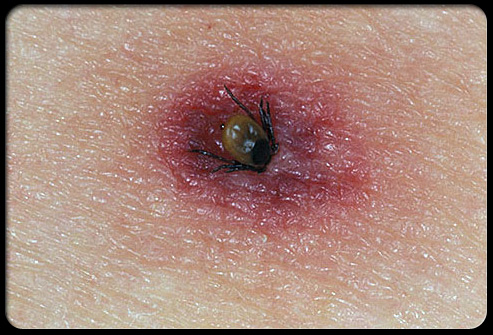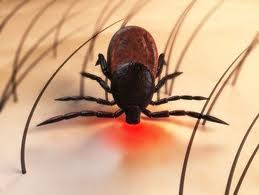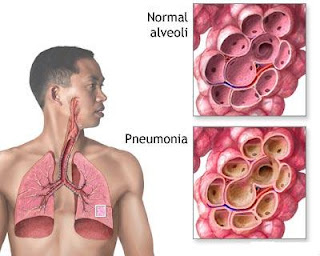SCC is the second most common form of skin cancer. It primarily affects fair-skinned, blue-eyed people and particularly the elderly.
Squamous Cell Carcinoma - Description
SCC is a malignant tumour of squamous cells and can be found in many parts of the body. SCC of the skin develops from keratinocytes, the type of squamous cells that synthesise the protective keratin of the epidermis.
Squamous cell carcinomas usually occur in areas of previously sun-damaged skin and at sites of sun-induced actinic keratoses or (sun spots). Its appearance is more varied than Basal Cell Carcinoma (BCC), it grows faster and can metastasize (spread to other tissues of the body) if left untreated, making it more dangerous than BCC.
SCC is usually a red, scaling, well-defined plaque. It can eventually spread into the deeper surrounding tissues.
Invasive SCCs involve the lower dermis and subcutaneous fat and can vary in size from a few millimetres to several centimetres in diameter. Sometimes they grow quickly, but more commonly grow slowly over months or years. Unlike BCCs, they may be tender. Some SCCs have the appearance of sores that don't heal.
Many SCC's develop from solar keratoses, small scaly patches often found on the face, bald scalp, ears, hands and forearms of fair-skinned people.
SCC may also develop in burn scars and longstanding leg ulcers. Oral SCCs are often due to cigarette smoking.
Diagnosis of Squamous Cell Carcinoma of the Skin
As with all skin cancers, allopathic medical practice is to confirm SCC by biopsy.
Treatment of Squamous Cell Carcinoma
Treatment of squamous cell carcinoma depends on the size of the tumour, its location, and other factors such as if it has metastasized.
Treatment options include:
* curettage (scraping off tissue with an instrument), with or without electrodessication. (Electrodessication uses an electric spark to destroy tissue)
* cryosurgery (freeze burning with liquid nitrogen)
* surgery (excision)
* Moh's micrographic surgery
* radiation treatment
* chemotherapy
ACTINIC KERATOSES (or SOLAR KERATOSES)
Solar keratoses are premalignant disorders of the epidermis and are increasingly common. They are small, dry, scaly lesions commonly found on the parts of the body most often exposed to the sun - the face, head, backs of hands, and sometimes the lip (actinic cheilitis).
As with BCC and SCC, chronic sun exposure is the cause of actinic keratoses.
What happens if solar keratoses are left untreated? Approximately 2 to 5% of actinic keratoses may develop malignant cells and become skin cancer called squamous cell carcinoma.
Treatment
Conventional treatment is freeze burning with liquid nitrogen. For widespread areas a topically applied cream containing 5-fluorouracil (trade name Efudex) may be used for several weeks. Fluorouracil is a chemotherapy drug that is applied to the skin. It works by interfering with DNA synthesis.
The unpleasant side-effects of fluorourcil which are reddening and flaking of the skin with burning and itching symptoms may outweigh the benefits as this cream can be effective in clearing up widespread solar keratoses.
However it is worth being aware that it is a chemo drug that affects your DNA. Rarely questioned by doctors, Efudex should not be used by people with a deficiency of the enzyme dihyropyrimidine dehydrogenase (DPD). Current research shows that 8% of people have at least a partial deficiency in this enzyme. Potential for DNA damage is the concern.
But did you know there are other methods of treatment that can help? There are other tested and proven natural substances that can remove SCC and other skin cancer.
For example, bloodroot (Sanguinaria canadensis). This is the root of a plant that is used as a topical application. Many practitioners do not know how it works. I have even read articles from experts who claim that the mode of action is unknown. However, research shows that it works by disabling the mitochondria which is the power house of the cancer cell. This effect is profound on the cancer cell, but does not have the same result on healthy tissue. Regardless of how it works, bloodroot most certainly, and quickly, breaks down a skin cancer tumor. You can heal skin cancer such as squamous cell carcinoma safely using this substance and the correct method.
What happens is very quick; little 'dots' of dead white tissue appear, literally overnight. Then an area of necrosed tissue forms over the following few days. Once applications are stopped, this area dries up, forms a scab and falls off, leaving pink, healthy, new tissue underneath. All that then needs to be done is to encourage healing as with any minor wound.




















